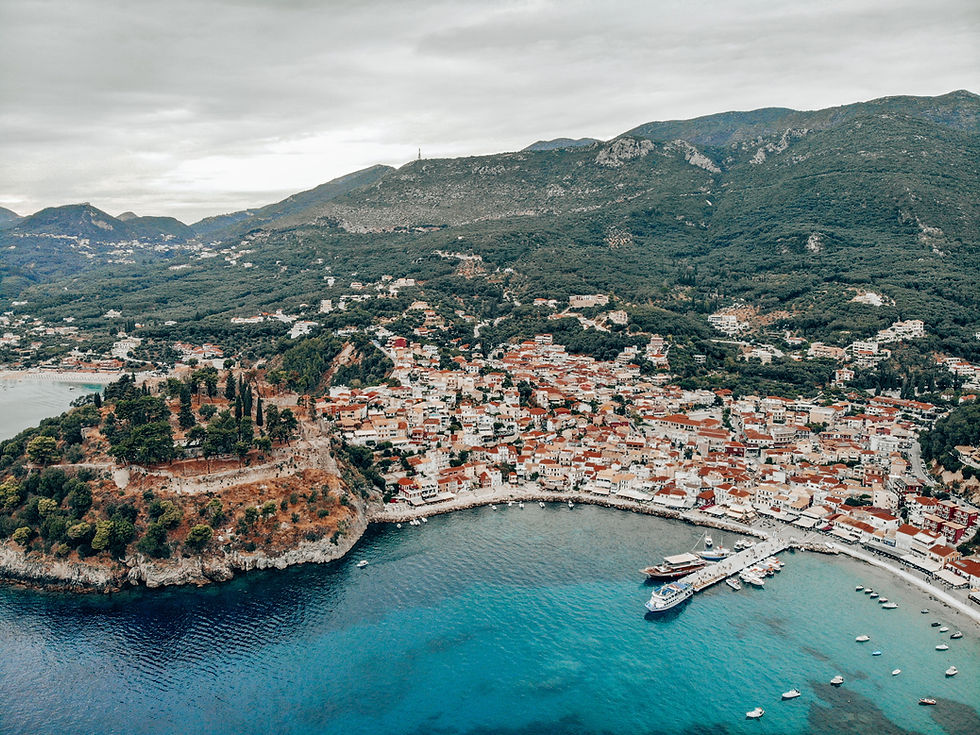A Journey Through Time: The Evolution of Croatian Cuisine
- Med Sailing Holidays

- Feb 17, 2023
- 2 min read
When you think of Croatia, you think of pristine beaches, crystal clear water and delicious food. Mediterranean, Balkan and Austro-Hungarian culinary traditions all have a strong presence in Croatian cuisine. It is a true expression of the country's cultural heritage, shaped by its geographical location, readily available food ingredients and the diverse population that has lived there throughout its long and varied history. During this time, the Illyrians prepared simple and filling meals using seasonal ingredients such as grains, legumes, fruits and vegetables. In Roman times, seafood and meat were added to this tradition. Local cuisine was also heavily influenced by traders who brought spices and herbs from the Middle East.
The cuisine continued to develop after the arrival of the Croatians in the 7th century. Combining the rich culinary traditions of the Byzantine Empire with hearty stews and porridges of Slavic cuisine resulted in a unique and delicious dish. The Austro-Hungarian Empire had a great influence on medieval Croatian cuisine. They brought Hungarian goulash and paprika, as well as various baked goods such as strudel and baklava, to the country.
Croatian cuisine reached its peak in the 19th and 20th centuries and the country's chefs combined all these influences to create a rich and diverse culinary landscape. Olive oil became more widely used, and traditional dishes such as pasticada, a slow-cooked beef stew, and pasticada, a meat dish with prunes and cinnamon, were created during this period.
The famous Dalmatian dish Brodet (seafood stew) and Hvar scampi na buzara (grilled scampi cooked in olive oil, garlic and white wine) are two examples of coastal Croatian seafood dishes. Grilled or broiled squid with potatoes and olive oil is another popular seafood dish.
The hearty meat dishes, including the famous Chevapi, small spicy beef, lamb and pork sausages served with bread and a variety of dipping sauces. Dželadija, a slow-roasted pork dish, and Čobanac, a hearty stew made with a variety of meats, vegetables and peppers, are two other popular meat dishes.
The famous Krostule (a type of fried dough) and Fritule(small donuts stuffed with various sweet ingredients) are two of his examples of the numerous pastries and sweets found in Croatian cuisine. A creamy custard dessert called Roata and thin crepes filled with various sweet fillings called Pallainke are also two of his favorite sweets.
Taken together, the Mediterranean, Balkan and Austro-Hungarian traditional cuisines all contribute to Croatia's rich and varied cuisine. It is a true expression of the country's cultural heritage and a testament to the culinary ingenuity of its people, thanks to its rich history and diverse ingredients. Croatia's diverse and delicious cuisine has something for everyone: seafood, meats and sweets.
















Comments